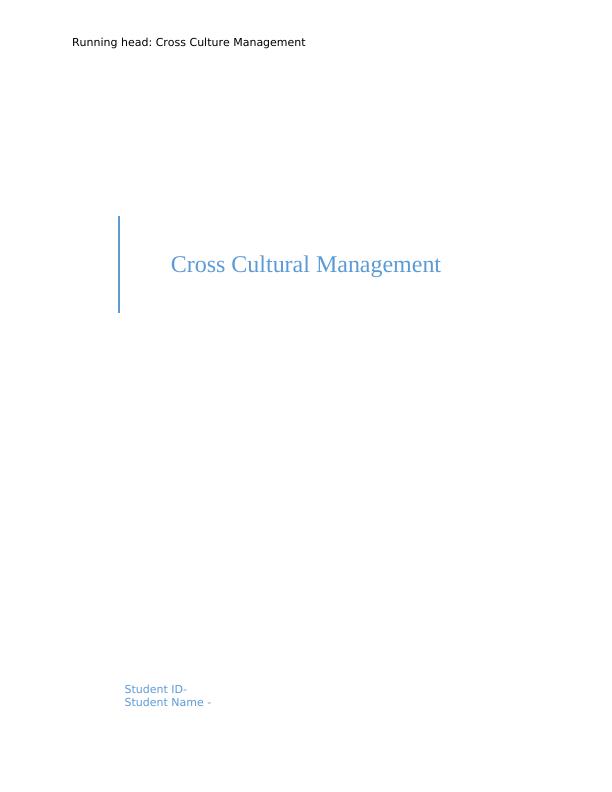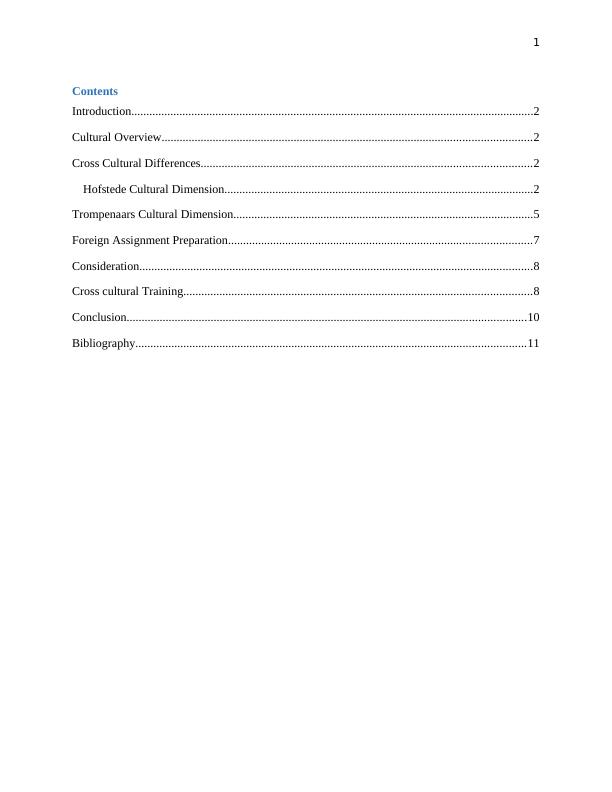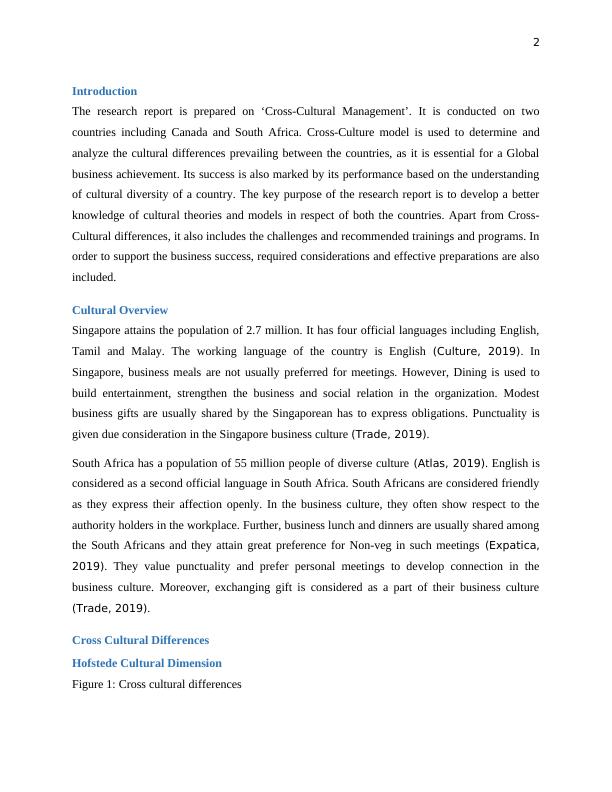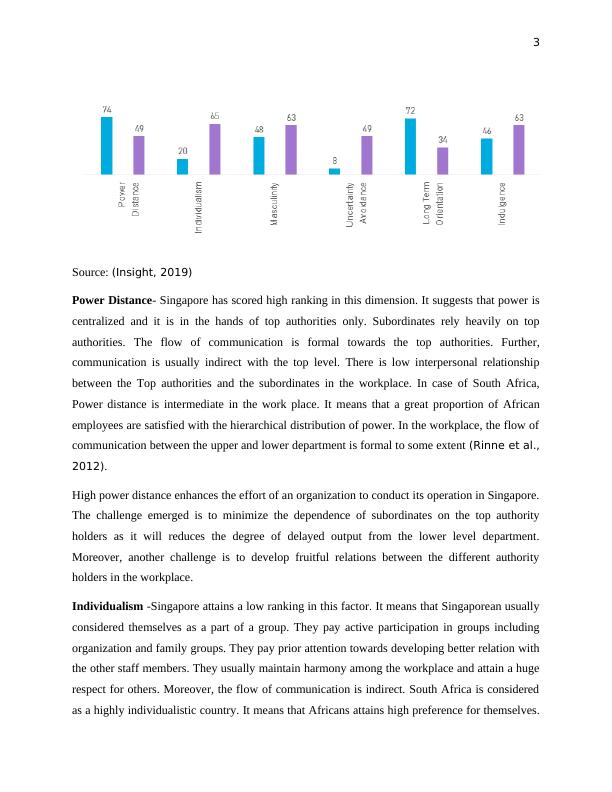Cross Cultural Management: Understanding Cultural Differences in Canada and South Africa
13 Pages3432 Words423 Views
Added on 2022-11-19
About This Document
This report analyzes the cultural differences between Canada and South Africa using cross-cultural models. It also includes challenges, recommended training programs, and considerations for foreign assignments.
Cross Cultural Management: Understanding Cultural Differences in Canada and South Africa
Added on 2022-11-19
ShareRelated Documents
End of preview
Want to access all the pages? Upload your documents or become a member.
Cross Cultural Management
|13
|3545
|480
Understanding Culture and Organizational Culture in International Management
|15
|799
|201
Hofstede’s Cultural Dimesnion and Five Bases of Power
|9
|2950
|83
Culture and Public Relations in Singapore | Desklib
|8
|2670
|326
Cultural Issues Faced by Huawei in International Market: Hofstede's Cultural Dimension Analysis
|8
|1496
|146
Cross Cultural Management
|13
|4043
|335




